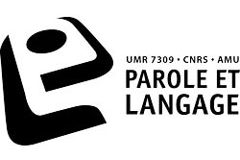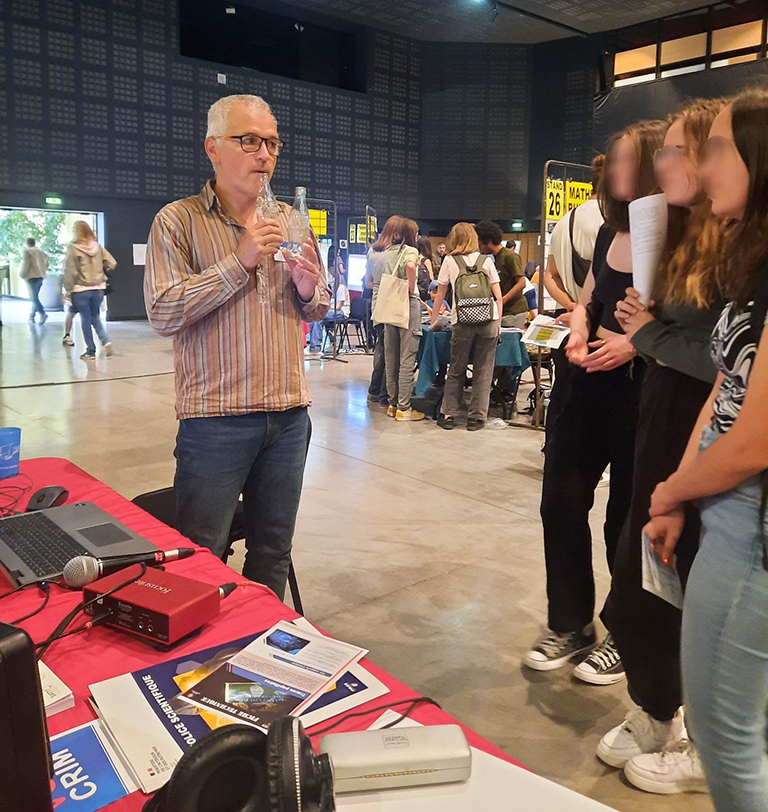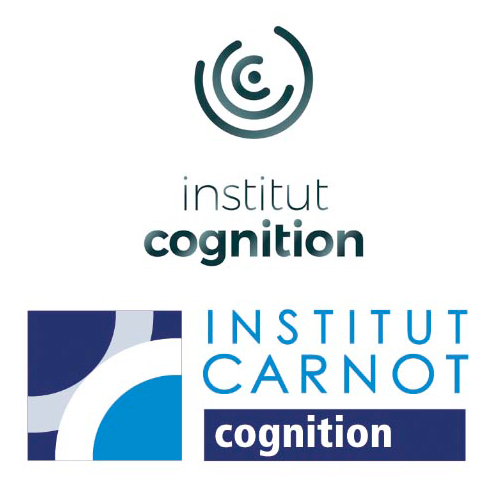The LPL has been invited one more time at the Maths Fair, a popular science event organized by the association “Maths for everyone”, in partnership with the CIRM. The fair, which invites primary, secondary and high school students to discover mathematics from a different angle, was held on Thursday, May 11 in the town of Rognac (34 booths in total).
This event offers conferences, numerous stands and activities provided by provided by researchers, teachers and students aiming to promote mathematics.
The LPL booth was about “The maths of speech” and was animated by Alain Ghio and Audrey Fokeer, a master student in language sciences and currently an intern at the LPL. They presented to the public the functioning of speech, with demonstrations with Coke bottles to understand the phenomena of geometry and resonance. Examples of the sounds of Tanzania’s languages or of patients with voice disorders were also discussed. Finally, they offered a demonstration of an automatic online transcription system which – despite the noise – is working better and better.
As a reminder, in 2019, Alain Ghio and Gilles Pouchoulin had already participated in the same fair in Aix-en-Provence.
Credits: A. Ghio and A. Fokeer












